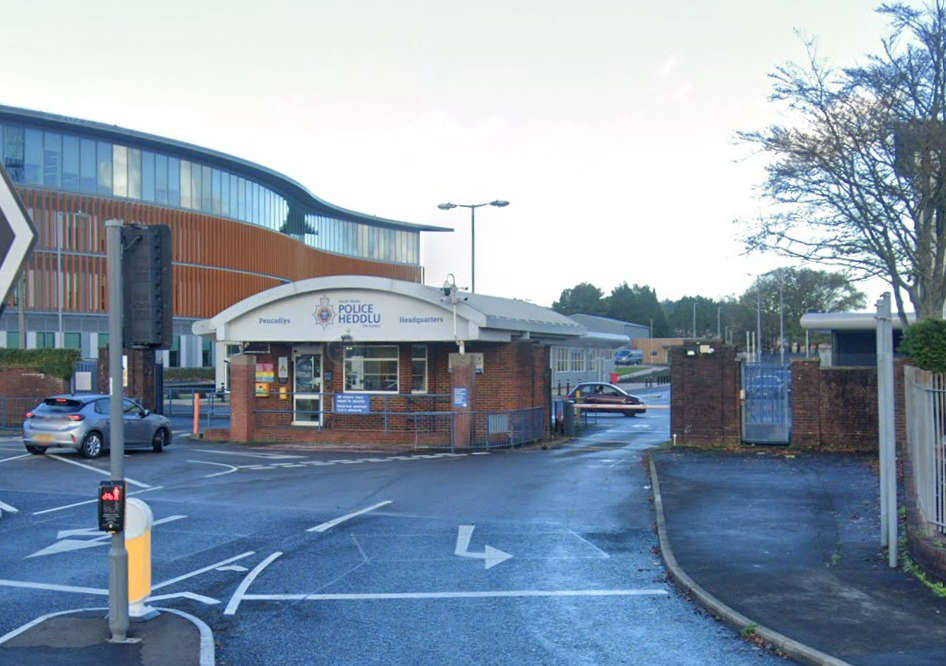
Council tax payers in South Wales could have to pay £26 more for their policing next year.
Proposals for South Wales Police’s precept include a 7.37% increase in the amount paid by residents in the region.
It would result in a budget for South Wales Police of £410.12 milion with £195.89 million coming from the precept.
Residents in the Vale of Glamorgan would generate £24.2 million - with neighbouring Cardiff paying a precept of £58.2 million and Bridgend generating just over £21 million.
Band A properties would pay £252.45, Band B would pay £294.52, Band C would pay £336.60, Band D £378.67, Band E £462.82, Band F £546.97, Band G £631.12, Band H £757.34, and Band I £883.56.
The force’s four-year capital programme would be worth £147.1 million.
The budget plans - which go before the police and crime panel next Tuesday - said that initially a £24 precept was proposed which would result in a £2 million budget deficit with few levers to pull to help achieve a balanced budget.
The chief constable, Jeremy Vaughan, has decided that removing 13 whole-time equivalent (WTE) officers from the police officer establishment would help achieve a balanced budget.
This still leaves a budget gap of £1 million and the commissioner’s only realistic choice, without compromising operational policing, is to raise the precept by £26 noting that each £1 increase in precept raises £500,000, the report said.
It added that compared to the other Welsh forces the proposed £26 (7.37%) increase is the second-lowest.
The report said the police and crime commissioner, in consultation with the chief constable and via public consultation, has considered carefully the level of precept required to either balance the budget or leave the force with a requirement to find further savings on top of the £72 million it has removed from its budget since 2011-12.
The standstill budget gap facing the force next year is £15.5 million before precept income but once growth in the tax base has been included then the budget gap is £13.5 million.
The main cost pressures for 2025-26 include £17 million in pay inflation, £2 million in “incremental drift”, £2 million in debt financing costs, £1 million in reduction in the vacancy factor, and £1 million in contract inflation.
The report said the £14.8 million increase in government funding from £228.7 million in 2024-25 to £243.5m in 2025-26 appears to be an improvement on previous year.
But it said the analysis shows that, once funding to meet new costs such as changes to the rates/thresholds for employers’ national insurance contributions and the implementation of the neighbourhood policing guarantee (NPG) have been taken into account, the actual increase in funding is only £2.3 million (1.1%).
The report said the police settlement for 2025-26 is a real-terms cut in funding and no funding is provided towards capital expenditure with the costs continuing to fall onto the revenue budget in the form of direct contributions to capital or borrowing costs.
It said unavoidable cost pressures for 2025-26 have resulted in a budget gap of £13.5 million before any increase in precept is considered and that £72 million of previous savings made by the force means there are limited options available in terms of new savings to help balance the budget.
It said the force has an established value-for-money programme in place and has generated significant productivity gains to date.
The chief constable has agreed to a reduction of 13 whole-time equivalent officers (non-neighbourhood and youth engagement officers) as a measure to help balance the budget.




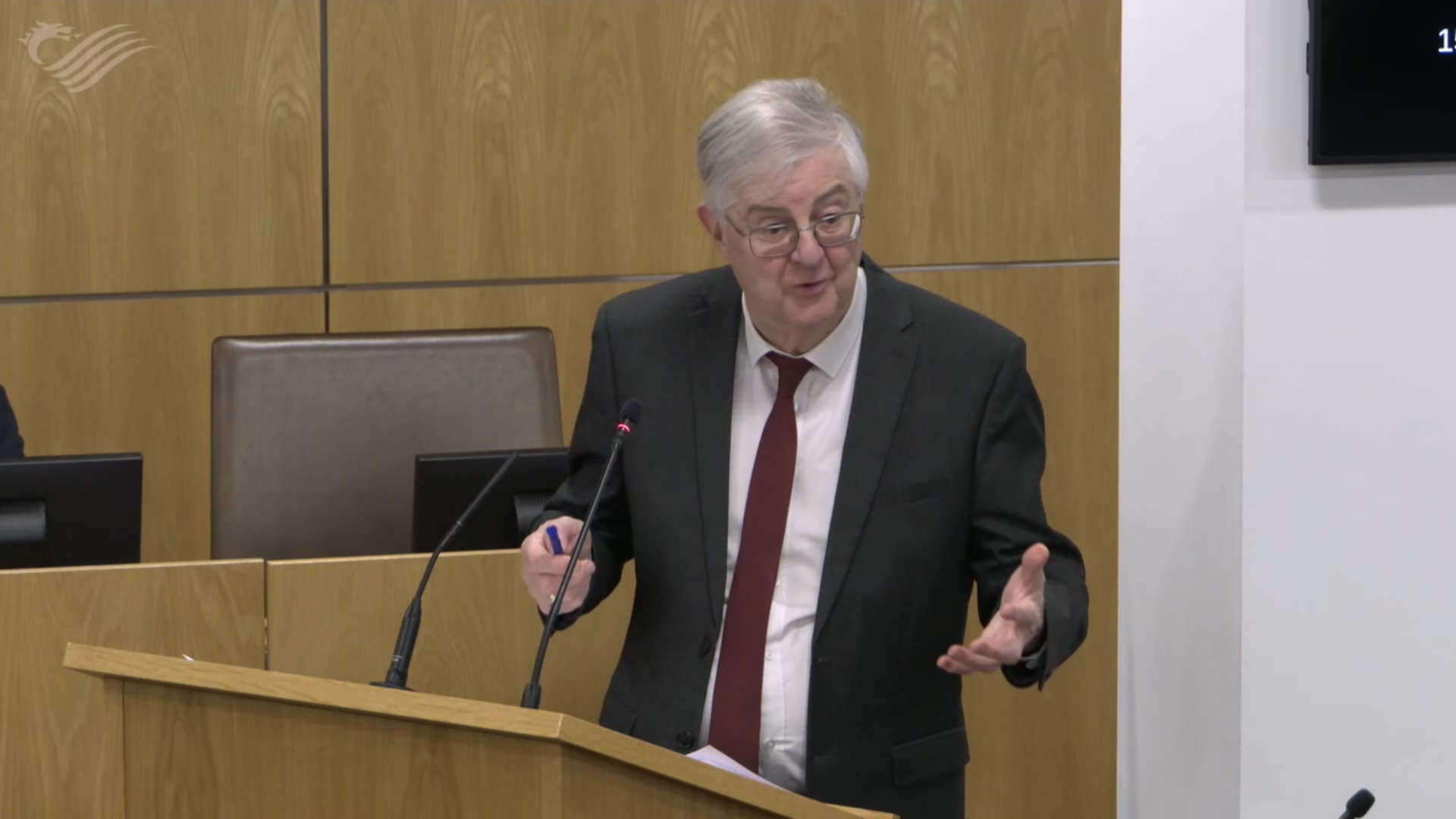 Senedd backs buisness rates revamp
Senedd backs buisness rates revamp
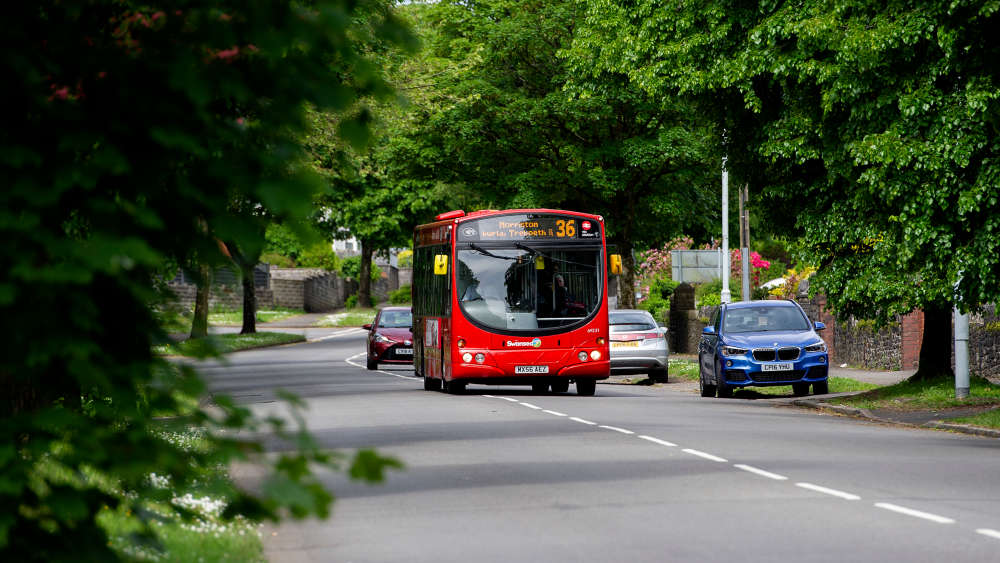 First bus workers to strike again
First bus workers to strike again
 New 'compass' service for Vale families
New 'compass' service for Vale families
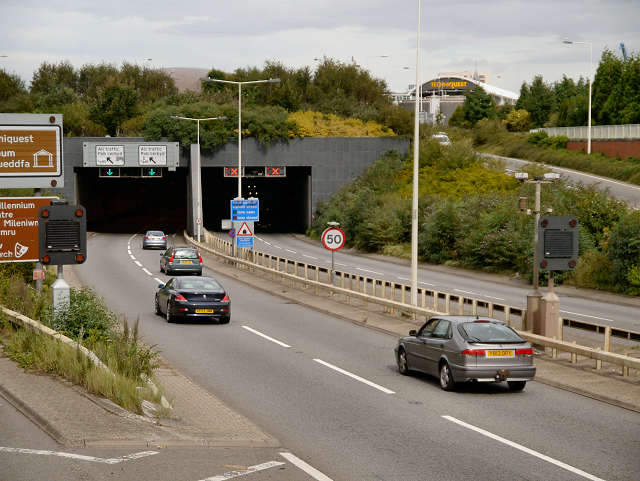 Two charged after fireworks thrown from car
Two charged after fireworks thrown from car
 Barry Lights up in purple for world Polo Day
Barry Lights up in purple for world Polo Day
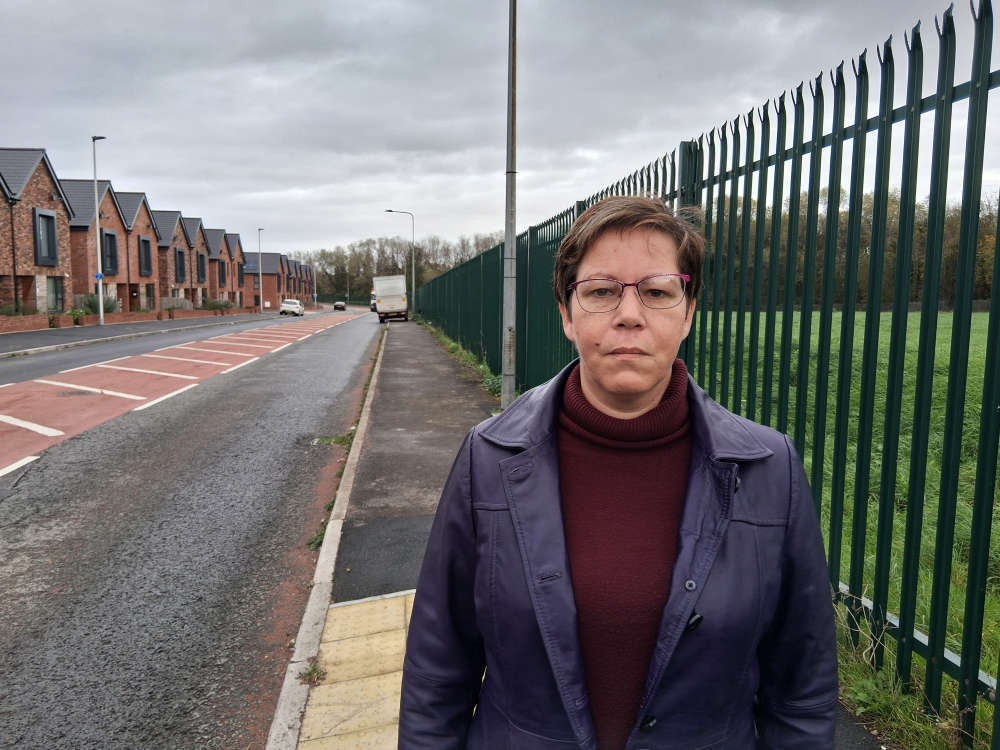 Calls to assess Bendricks' community needs
Calls to assess Bendricks' community needs
 Welsh Government sets out draft budget
Welsh Government sets out draft budget
 New recycling service for textiles
New recycling service for textiles
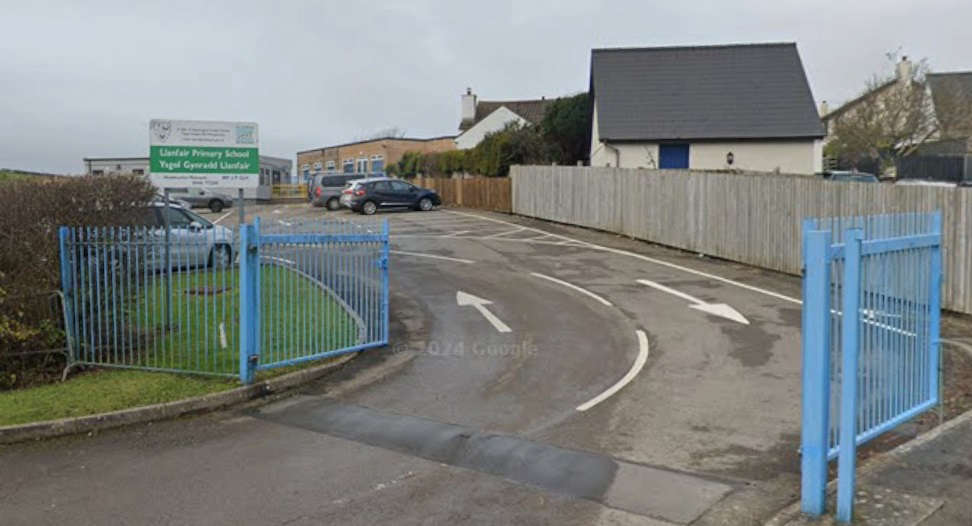 Armed Forces award for Llanfair school
Armed Forces award for Llanfair school
 Hope's campaign to tackle student loneliness
Hope's campaign to tackle student loneliness
 Four-day strike to hit First buses
Four-day strike to hit First buses
 Long-service awards for RNLI veterans
Long-service awards for RNLI veterans
 Organised Fireworks Displays in the Vale of Glamorgan
Organised Fireworks Displays in the Vale of Glamorgan
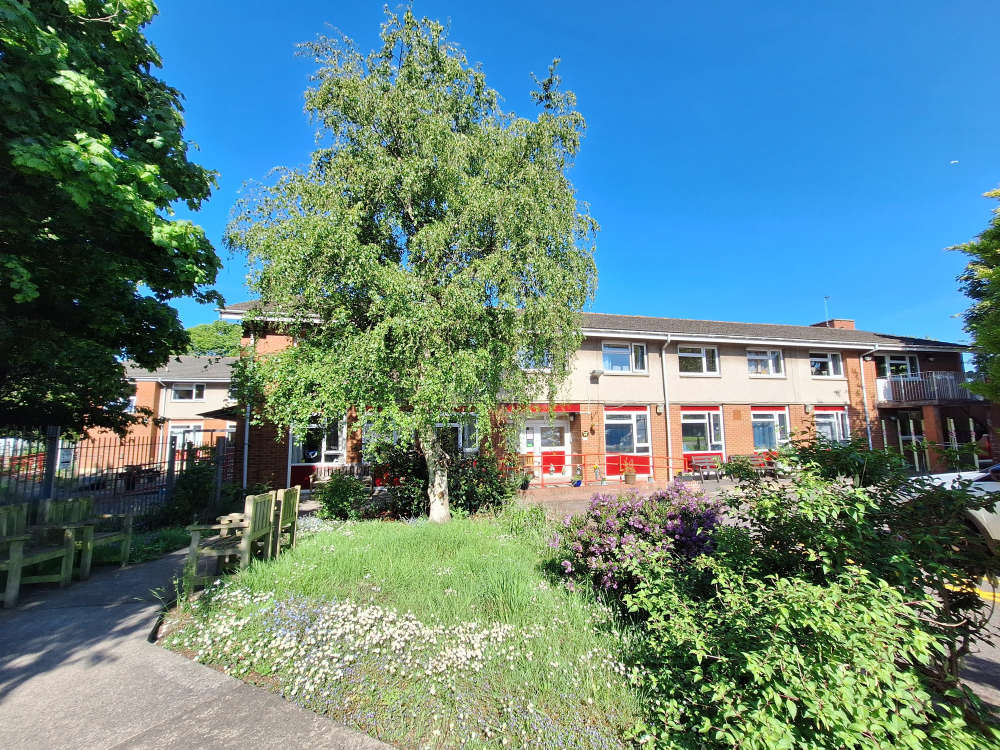 'Good' inspection for Barry care home
'Good' inspection for Barry care home
 Tributes to grandmother after fatal collision
Tributes to grandmother after fatal collision
 Cowbridge school praised by inspectors
Cowbridge school praised by inspectors
 Halloween Which Craft event is coming back to the town centre
Halloween Which Craft event is coming back to the town centre
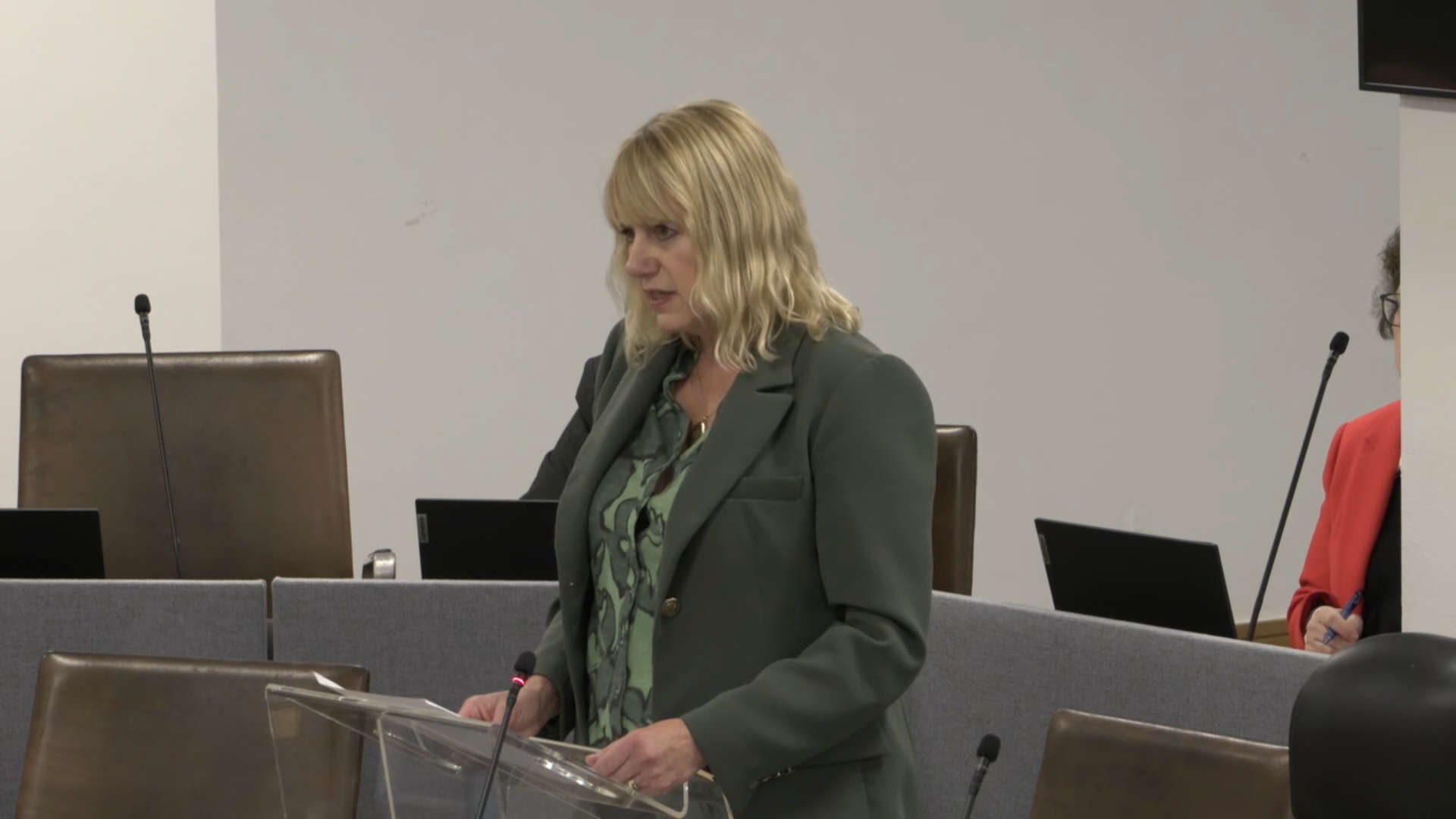 Senedd members called for lifelong blue badges for people with permanent conditions, labelling the current renewal system as unfair, stressful and potentially discriminatory
Senedd members called for lifelong blue badges for people with permanent conditions, labelling the current renewal system as unfair, stressful and potentially discriminatory







